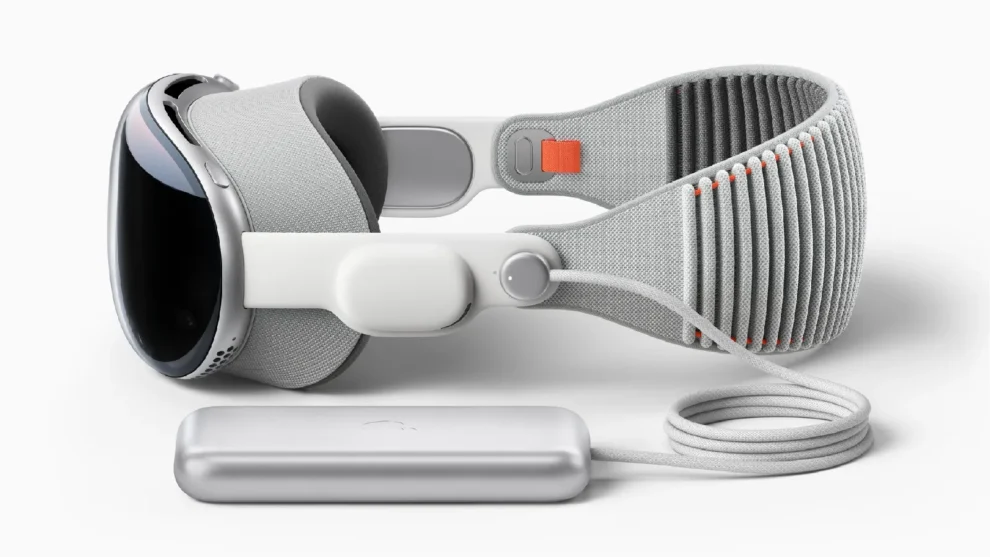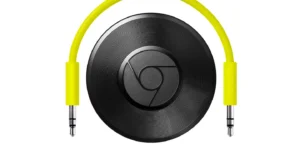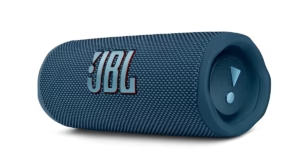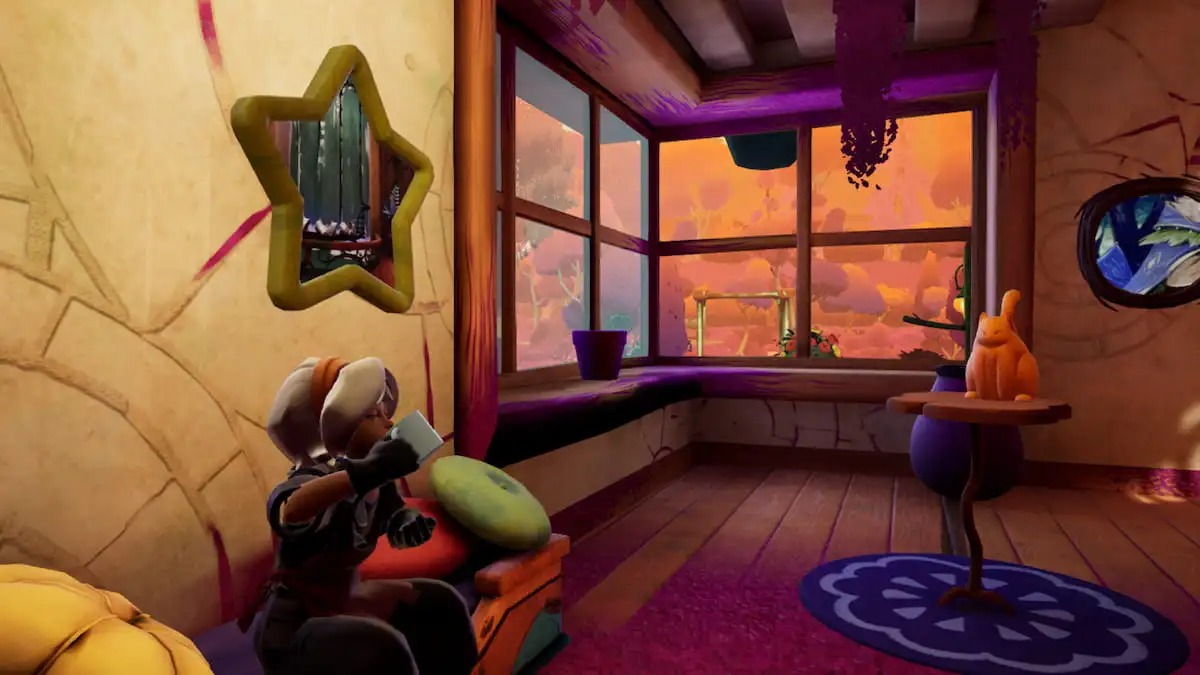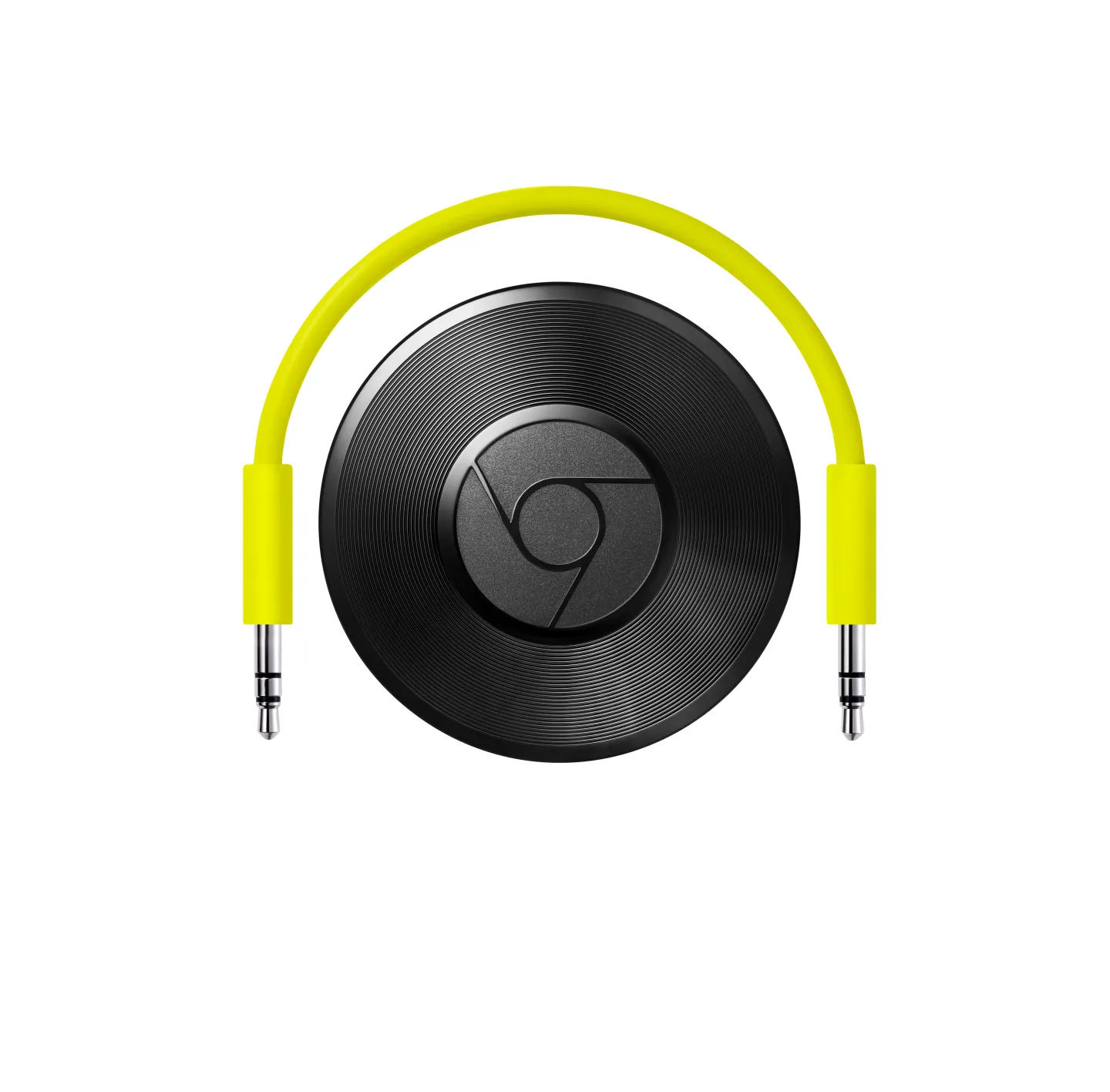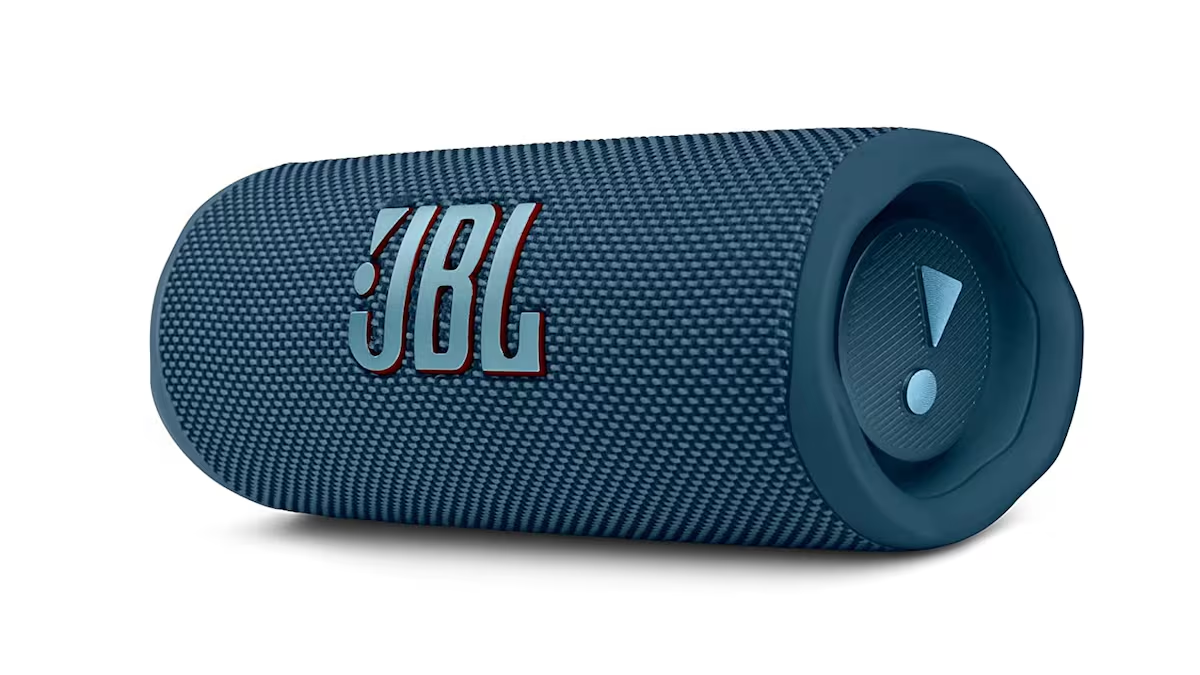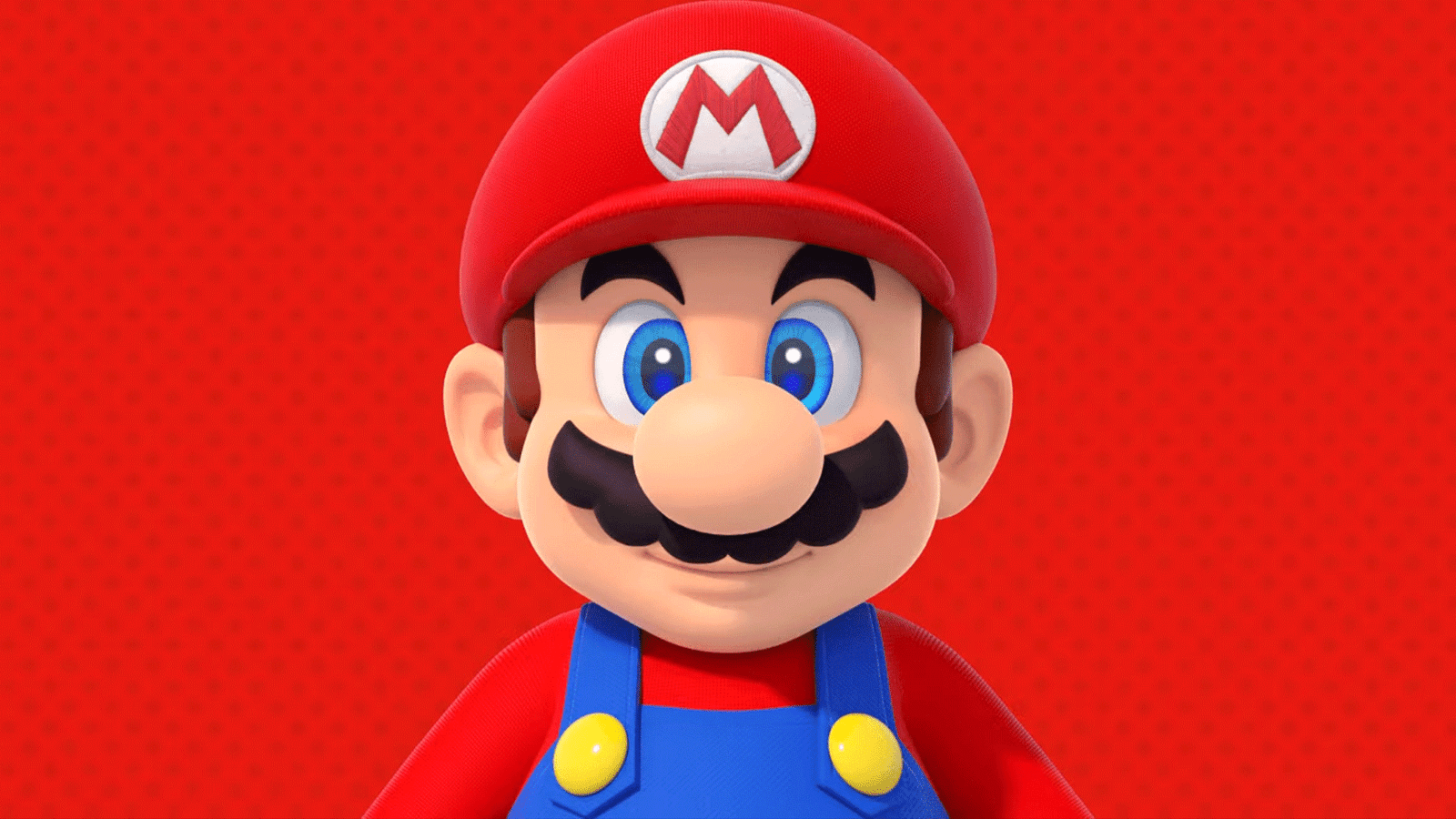In a bold move that underscores the evolving landscape of digital content consumption, TikTok has officially launched its own spatial app for Apple Vision Pro, marking a significant leap ahead of YouTube and Netflix in the immersive content domain. This pioneering step by TikTok not only enhances the user experience by offering an immersive way to explore the “For You” feed but also sets a new benchmark for content engagement on Apple’s latest mixed-reality headset.
Key Highlights:
- TikTok introduces a first-party spatial app for Apple Vision Pro, elevating the video viewing experience beyond traditional platforms.
- YouTube and Netflix have yet to develop dedicated apps for Vision Pro, with their content currently accessible via Safari or not at all.
- The immersive content view offered by TikTok’s app is expected to transform user engagement, despite concerns about time perception distortion within the headset.
- Other major streaming and social media platforms, including Spotify, have also been hesitant to embrace Vision Pro, citing various reasons for their reluctance.

TikTok’s innovative approach contrasts sharply with the more cautious stance of YouTube and Netflix, the latter of which describes Vision Pro as “so subscale” that it doesn’t justify the investment at this stage. YouTube, while acknowledging the importance of providing a good user experience through Safari, has not committed to developing a dedicated app. This cautious approach is echoed by Spotify and other key players in the digital content space, who have also opted out of developing for Vision Pro, despite the theoretical ease of porting iPad apps to the new platform.
The reluctance of these major platforms to invest in Vision Pro apps might be attributed to various factors, including the recent developer-hostile climate fostered by Apple’s stringent App Store policies post-Epic Games’ antitrust lawsuit. These policies, which include a controversial 27% commission fee for certain out-of-app purchases, have been a point of contention for many app developers.
Despite these challenges, Apple Vision Pro supports a range of other content providers, including Disney+, ESPN, and Amazon Prime Video, showcasing the device’s potential as a versatile platform for entertainment and education alike. Apple’s foray into mixed reality with Vision Pro represents its latest attempt to redefine digital interaction, following the introduction of features like spatial audio and AR tools in its other products.
As Vision Pro continues to navigate the complex dynamics of content availability and platform support, the unique position of TikTok as a frontrunner in this new space emphasizes the importance of innovation and user experience in the competitive landscape of digital entertainment. Whether YouTube, Netflix, and others will follow TikTok’s lead remains to be seen, but the implications of this development extend far beyond the confines of Vision Pro, potentially influencing the future direction of content consumption and creation in the era of immersive technology.
In conclusion
TikTok’s proactive approach in embracing Apple Vision Pro suggests a strategic vision that aligns with the future of digital entertainment, where immersive and spatial experiences become integral to user engagement. As the landscape of content consumption continues to evolve, the hesitance of YouTube, Netflix, and other content giants to adapt to these changes may signal a pivotal moment in the industry, potentially reshaping how audiences interact with digital media in profound and lasting ways.

